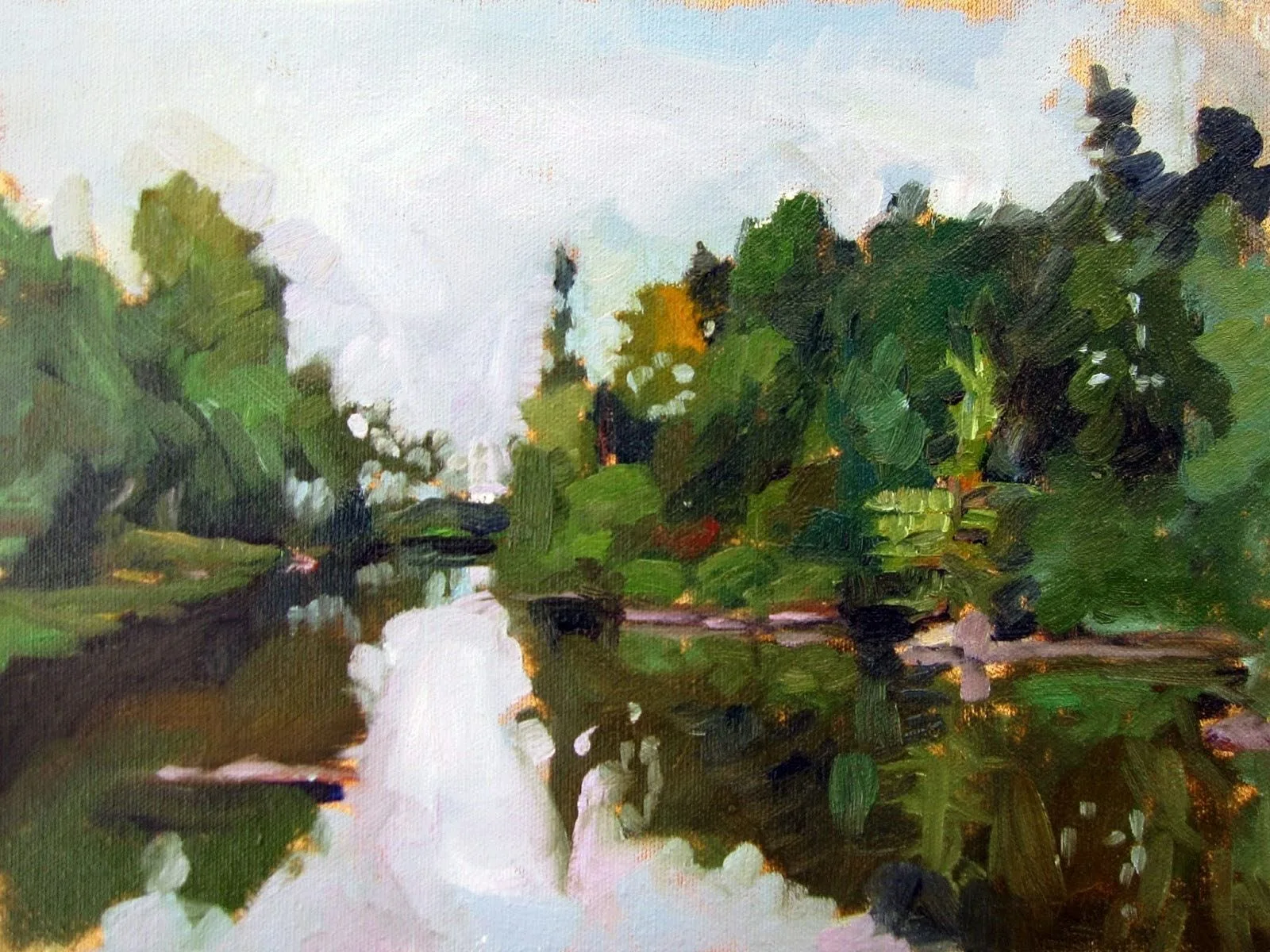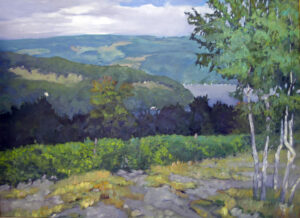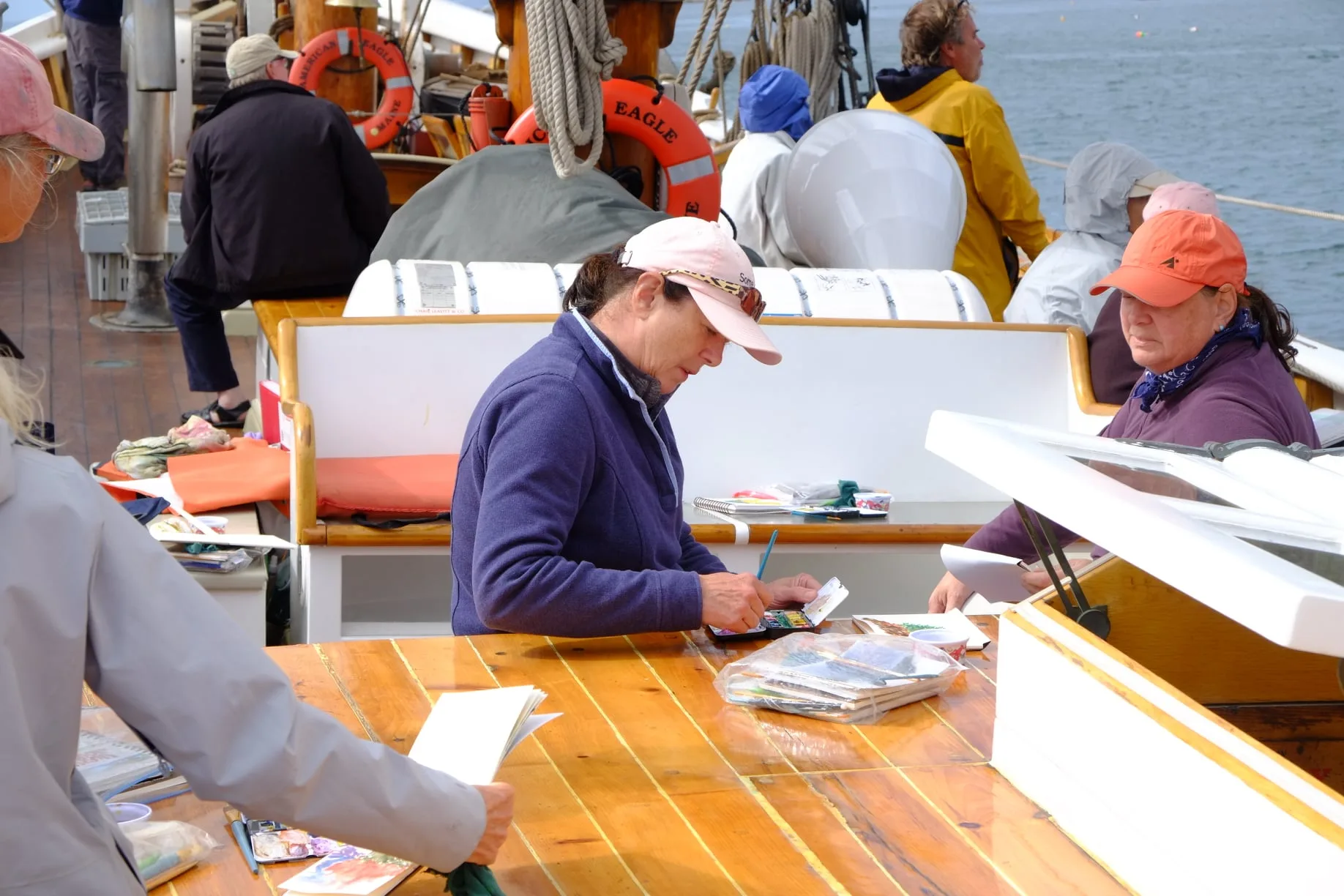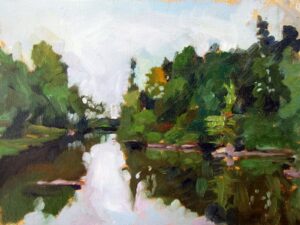
On Sunday I hosted a paint-out for my old friends in Greater Rochester Plein Air Painters. That should have been simple, since I taught plein air painting there for many years. I’ve been gone nearly a decade now, and things change.
Despite my knowledge, I found long-distance location scouting surprisingly difficult. Views and ownership change, as does our taste in subjects. I decided to play it safe with a boat dock along the Erie Canal. It had the advantage of being next to an Abbott’s Frozen Custard, but to be perfectly honest, it was boring.
That niggling detail is why your local plein air group insists you take turns hosting paint-outs. And it’s why plein air workshops are not as simple as workshops taught in buildings.
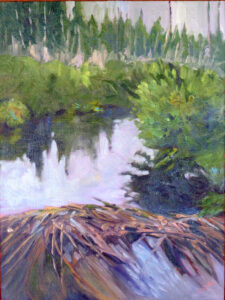
When you’re responsible for choosing the locations
There’s no remote-location scouting when planning a workshop. The teacher or the monitor must visit sites, secure permission, and create a schedule.
I first conceived my Berkshires workshop in the dead of winter. That’s the worst time to scout locations in New England. Covered in snow, with the trees bare, the landscape looks nothing like it will in the ‘wall of green’ of summer. That’s assuming you can even get down some of these tracks without a dogsled.
I wasn’t flying completely blind; I know western Massachusetts. But what is suitable for an individual to paint and what is appropriate for a group are two very different things. More people magnify the problems as well as the joys. If you’re planning a plein air workshop or paint out, you need:
- A mix of locations ranging from long views to water to architecture.
- Ample parking.
- Spots within a reasonable driving distance of a central location, in a manner that won’t take out the springs of cars. North Adams, as lovely as it is, is just too far from Lenox. October Mountain State Forest may be close, but even my SUV struggled on its rutted dirt tracks.
- Park-and-paint that’s not too far from the road, but safely away from traffic.
- A nearby outhouse is a plus.
- A plan for a rainy day.
- A place to buy coffee or lunch. If that’s not possible, students must be forewarned to bring food with them.
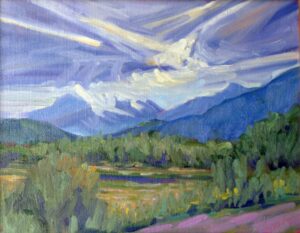
When all these requirements have been met, one then crosses that stickiest of all wickets-permissions. A dozen or so painters can clog up the works on a small property. Permission can be as simple as, “let me know what day you’re planning on coming” to the labyrinthine permitting requirements of the national park system, which I negotiate every year for my Schoodic workshop.
I got up very early on Tuesday morning and collected my assistant in Albany, NY. We visited Shaker historic sites and drove up into the clouds in the Pittsfield State Forest. We looked at rail-trail sites in the city of Pittsfield and snaked around rutted tracks in forest lands.
There were a few disappointments. Beautiful and welcoming Mass Audubon’s Pleasant Valley will be hosting kids’ camps during the week we’re there, so it’s a no-go. On the other hand, they directed me to the lovely Canoe Meadows in Pittsfield. All’s well that ends well!
My 2024 workshops:
- Painting in Paradise: Rockport, ME, July 8-12, 2024.
- Sea & Sky at Schoodic, August 4-9, 2024.
- Find your authentic voice in plein air: Berkshires, August 12-16, 2024.
- Art and Adventure at Sea: Paint Aboard Schooner American Eagle, September 15-19, 2024.
- Immersive In-Person Workshop: Rockport, ME, October 7-11, 2024.

